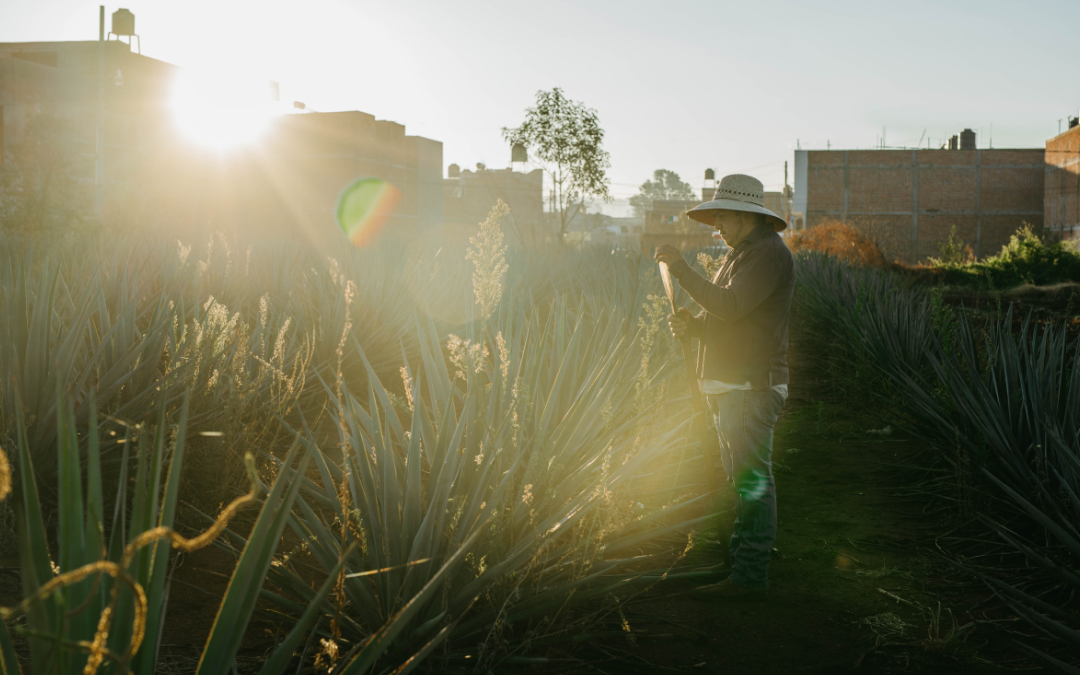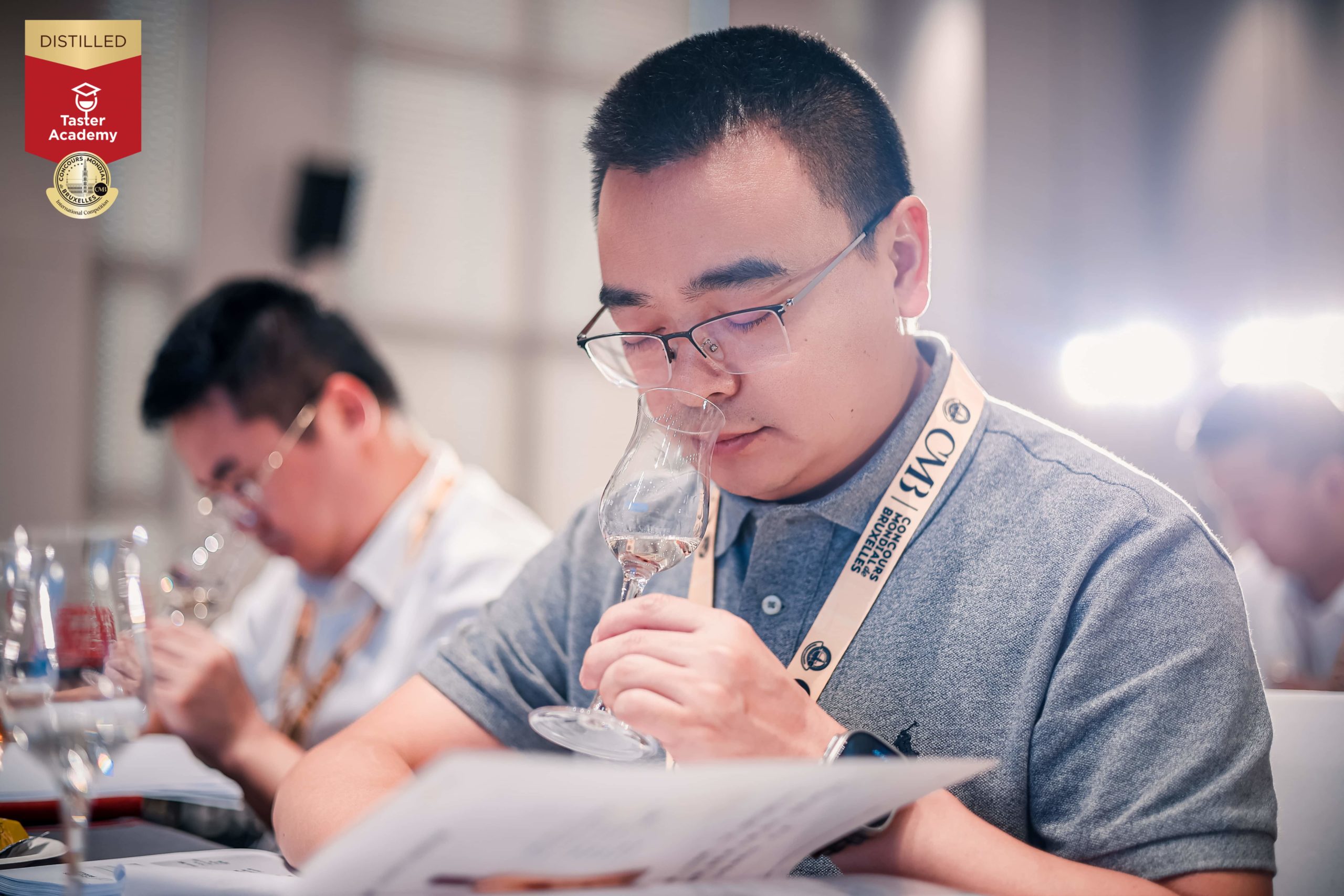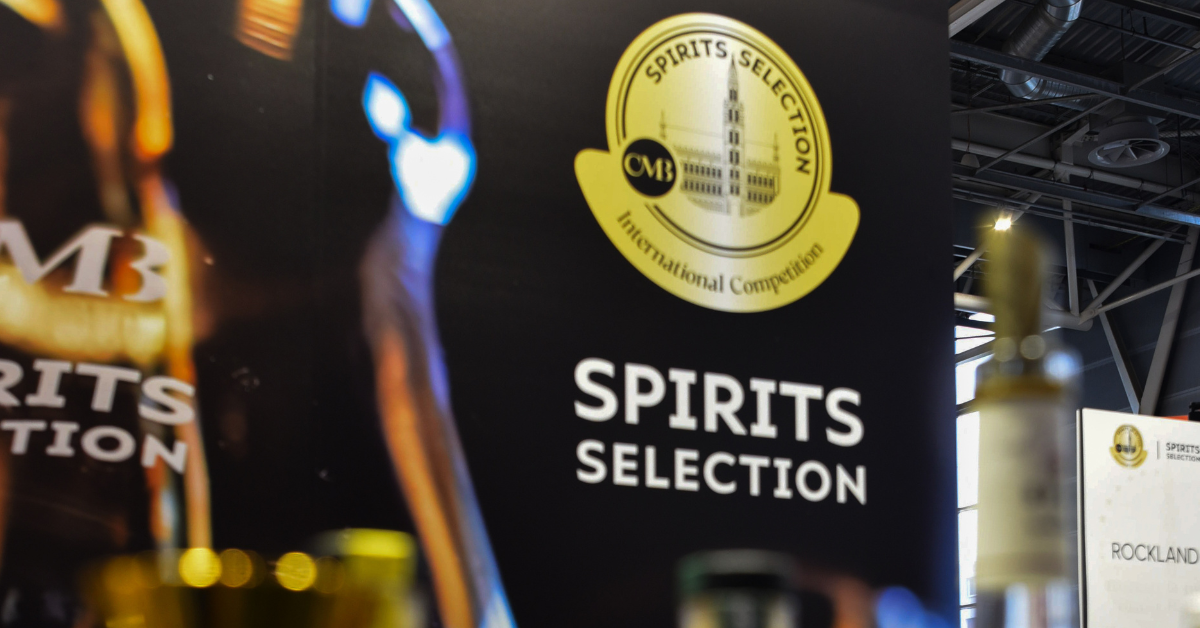Tequila and Raicilla: Six Shades of Agave for Two Terroir-Driven Spirits!

Before being an economy, agave spirits are a legacy and a story. Tequila, a Mexican appellation since 1974, and Raicilla (since 2019) are true cultural convergences. The ultra-premium Tequila market is thriving, driven by artisanal products: pure Tequila, 100% agave, meant to be sipped from a copita, made exclusively from blue Agave tequilana Weber—a genuine marker of terroir. Raicilla, on the other hand, is shaped by the know-how of the Maestro Raicillero and by elements that more fully define its terroir: the agave varieties and the soil types in which they grow, influenced by differing altitudes and climates.
Terroir Tequilas
Tequila can only be produced in Mexico, within a precisely defined geographical area. While the state of Jalisco and its 125 municipalities are the heart of production, the denomination also includes select municipalities in four other states: Guanajuato, Michoacán, Nayarit, and Tamaulipas. Two regions, however, concentrate the highest density of agave fields:
El Valle, encompassing the towns of Tequila, Amatitán, and Arenal, with basaltic volcanic soils and a temperate climate. Here, the tequilas tend to be more mineral, salty, spicy, herbal, and citrusy.
Los Altos, at higher elevations, including the towns of Atotonilco, Tepatitlán, and Arandas, with red clay soils, dry climate, and cool nights. This region produces rounder, more floral, fruity (orchard and tropical fruits), and vegetal tequilas.
There is no denying that terroir-driven spirits are gaining momentum, and that global consumer demand is increasing—particularly in Europe. It’s increasingly vital that this type of production aligns with sustainable practices and a balanced environment that regenerates its own resources. But it’s also about reconnecting blue agaves with their native biotope. When grown in living soils using parcel-based farming, agaves reflect the qualities of their terroirs, shaped by soil type, vegetal and mineral components, climate, and the craftsmanship of those who grow and distill them.
In North America and Europe, the ultra-premium market is booming, led by experts who seek out the most artisanal products that proudly showcase their terroir and uphold ancestral techniques.
For benchmark blanco Tequilas, the piñas are cooked in traditional ovens and crushed using a volcanic stone wheel (tahona), which imparts a spicier character. Double-distilled in copper pot stills, their oily texture is even more impressive—especially at natural strength. These Tequilas bring out the full expression of ripe, traditionally cooked blue agave, with notes of citrus, crushed olive, and delicate pepper.
Tequilas can also be aged: reposado (2 months to 1 year in sealed oak barrels), añejo (over a year), or extra añejo (more than three years). During maturation, the best examples retain their freshness while gaining complexity—herbal brightness, fruity layers, subtle spices, and occasionally mineral touches.
Terroir Raicillas
The Raicilla appellation covers 16 municipalities in the state of Jalisco and one in the state of Nayarit.
There are three types, all 100% agave: Raicilla, Artisanal Raicilla, and Ancestral Raicilla. In short, the first category involves cooking in autoclaves, while the other two use brick or earthen ovens, dug into the ground (palenques). The difference between artisanal and ancestral mainly lies in the crushing method (tahona or manual) and the distillation technique (direct flame pot stills, using only clay or wood in the case of ancestral).
Wild agaves (some now cultivated), harvested at full maturity—just as the flowering stalk (inflorescence) begins to grow—are used to make mountain Raicilla (Raicilla de la sierra), and include the varieties:
- maximiliana Baker
- inaequidens Koch
- valenciana
The agaves commonly used to make coastal Raicilla (Raicilla de la costa) include:
- angustifolia Haw
- rhodacantha
The differences between mountain Raicilla—softer, floral, herbal, and complex—and coastal Raicilla—fruitier and smokier—reflect the diversity of terroirs in Raicilla’s natural production zone: the Western Coastal Sierra, Sierra de Amula, Southern Coastal Sierra, and Bahía de Banderas.
All of these regions feature semi-warm climates and granitic or volcanic magmatic soils rich in silica. These mid-altitude mountain ranges alternate with wide, excavated valleys that contain little alluvial fill and drain into the Pacific Ocean.
It’s in these regions (the Raicilla Routes!) that endemic agaves grow, enriched by unique soil and climate compositions.
There are as many agave trails as there are terroirs in this part of the Sierra Madre Occidental. Keep that in mind when designing your dream bar—it too deserves a share of minerality and sunshine!


